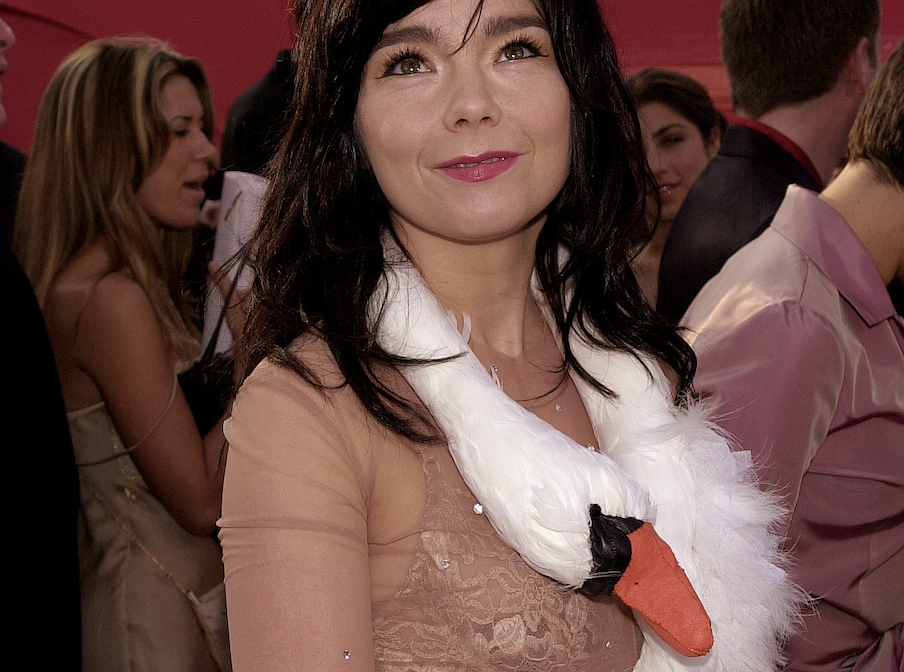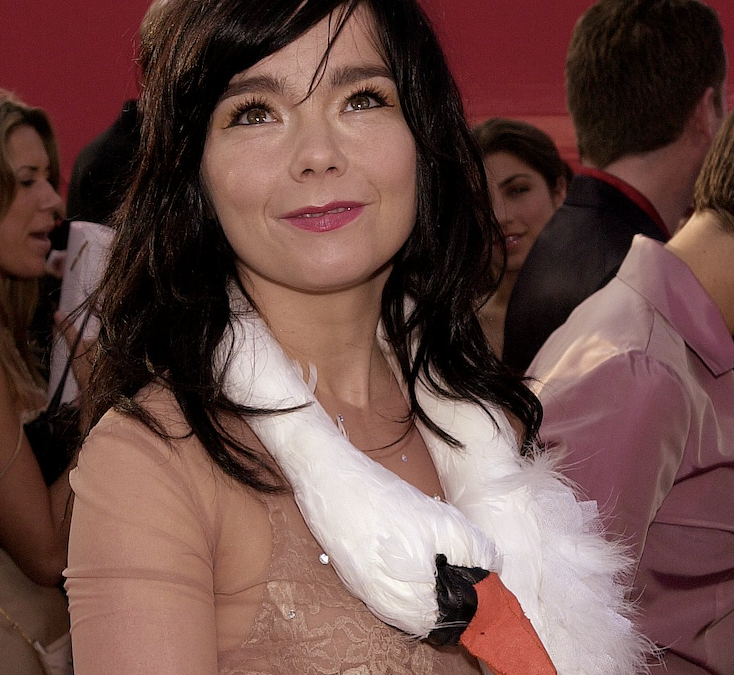Why We Need To Ban Worst-Dressed Lists
WORDS: Georgia Aspinall

‘Oops! We forgot to put Mariah Carey in our “Fat Thighs” story! On those porky pins, the pop princess is no dainty ‘Butterfly’. Her va-va-va-voom Versace couldn’t be much shorter – it’s barely bigger than a T-shirt! Why doesn’t the suddenly single songbird just go naked?’
This was a quote published by a magazine in the noughties next to a picture of the ever-gorgeous Mariah Carey (under a column called ‘Fashion victim of the week’) that is currently going viral after one person posted a picture of the cut-out with the caption ‘How did any female survive the early 2000s? Part 7’.
Reading the shocking column, one might breathe a sigh of relief that tabloid culture isn’t so damaging anymore. That’s how many are responding online anyway, with thousands of commenters wondering how newspapers ‘used to’ get away with being so cruel. ‘So glad I didn’t grow up as a teen/young adult in the early 2000s because this is just brutal,’ one person commented.
The lists were made up of, as expected, mostly women – men seemingly immune from this kind of ridicule
And sure, many media organisations have certainly changed the way they talk about women’s bodies, and female agency in general. We know how deadly body-shaming has been for women’s psyches, and how slut-shaming contributes to rape culture, so it’s no longer considered acceptable to do these things on a public stage. But let’s be clear, the misogyny hasn’t gone away, it’s just become more insidious.
Take ‘Worst Dressed’ lists for example, a noughties relic abandoned by many but still surviving in some areas.
After the 2023 MTV Video Music Awards, many popped up and almost all of the ‘worst dressed’ women had the same thing in common: they weren’t wearing much clothing at all. The lists were made up of, as expected, mostly women – men seemingly immune from this kind of ridicule. On one website’s monster of a worst dressed list, Karol G in a sheer mermaid gown, Doja Cat in white webbed netting and Tinashe in black mesh were three of eight people placed on the list for ‘baring it all’. They’re not the only ones either, a quick Google search and you’ll see swathes out outlets listing what they consider to be ‘fashion fumbles’.
And sure, we can all sit there and judge someone’s outfit for being terrible if we really want to – it’s a free world after all. Posting about it online feels unnecessary, but even so, one could argue that appearing on a red carpet for the purpose of publicity sanctions some level of public debate about what you’re wearing. But that’s the thing, it’s never really just about what the person is wearing, is it? At least not for the worst offenders of this kind of traffic-grab.
some of the most iconic red carpet dresses you can think of were one named ‘worst-dressed’
In many cases, worst dressed lists are an excuse for tabloids to continue body shaming and slutshaming, just without directly calling celebrities ‘porky’ or implying their promiscuous with saucy similes. The mere fact that worst dressed lists typically include the least dressed celebrities tells you everything: they see women who dare to show their own skin as less desirable, the message being that women who cover up are more attractive – and in turn, valuable. Look closely at the copy and you’ll still often still see the sassy quips about how little someone is wearing, appealing to readers who relish in judging women for everything they do from how they dress to the shape of their bodies.
Let’s not also forget that often these lists are later proved to be wrong by history – some of the most iconic red carpet dresses you can think of were one named ‘worst-dressed’. Take Bjork’s iconic swan dress for example.
But there’s a reason these lists still exist: there’s still an appetite for them. Digital media outlets largely base their ideas for stories on analytics, be that Google search data showing a desire for more information on a topic, or a certain topic historically overperforming on clicks, by the likes of me and you. Thus, these stories simply would not be written if people weren’t wanting, or likely, to click on them. So, are we the problem?
Worst dressed lists, then, are a small part of what’s becoming a merciless online culture where anyone can fall foul of being torn apart.
Scroll over to TikTok, and you’ll get your answer. On the video app once reserved for children, adults post scathing takedowns of celebrities, relish in gossip about their sex lives and edit together pictures of terrible outfits to sad music. It’s had a knock-on effect to all of us, TikTokers posting judgemental videos of random people out in public, ‘storytime’ videos about conversations they’ve overheard in restaurants urging people on the app to find those involved in whatever bitching was happening.
The app that used to be filled with comedy skits and dance videos is now a hotbed of celebrity and public gossip alike, where comment sections are filled with horrendous takes and trolling – it’s feels like live, video version of Tattle Life. There simply is no anonymity anymore, anyone is capable of going viral whether they know they’ve been filmed or not – all based on our relentless desire for scandal and innate judging of others. Worst dressed lists, then, are a small part of what’s becoming a merciless online culture where anyone can fall foul of being torn apart.
So, to all of the people that sigh in relief that tabloid culture isn’t so explicitly damaging anymore, I implore you to look at your ‘For You’ Page. Are we not still in the same place now, except we – the average Joe – are now increasingly part of the problem? Judgement and misogyny have not gone away just because it’s not acceptable to say publicly anymore – it’s just moved onto social media.
IMAGE: Getty

